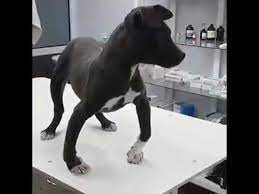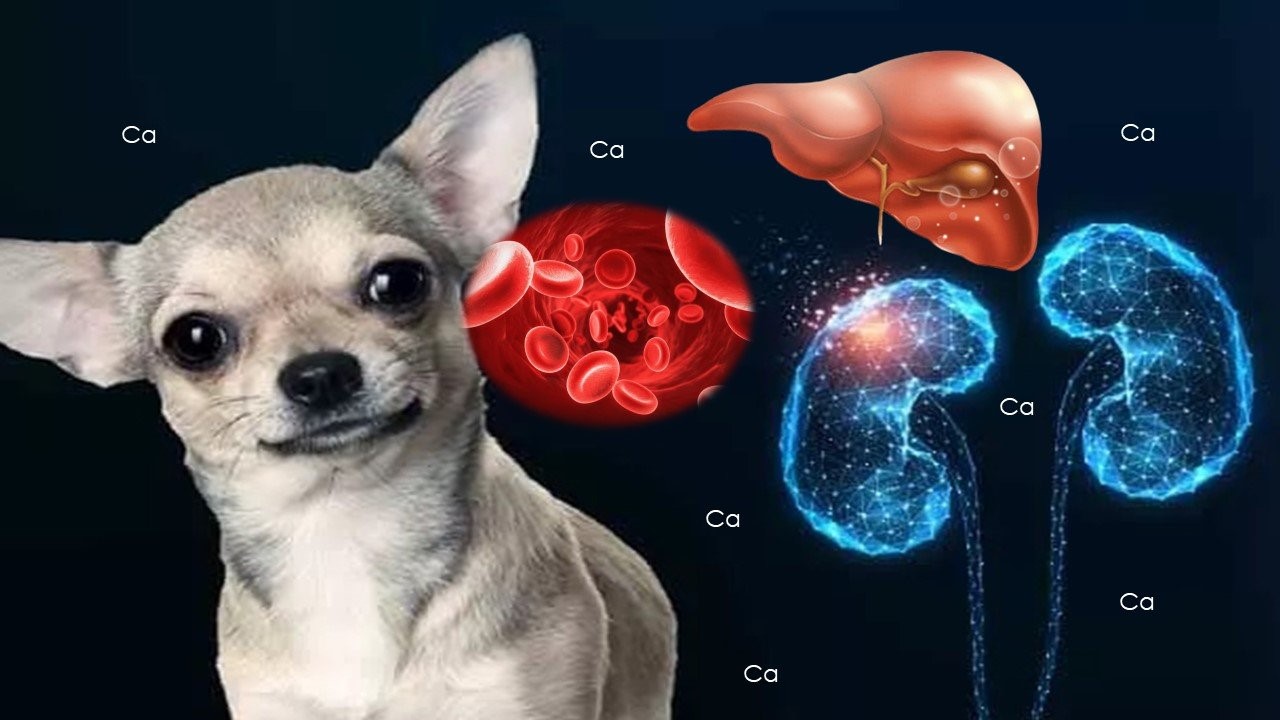Calcium is an essential mineral for dogs that helps maintain overall health. Both deficiency and excess can lead to serious skeletal disorders.
Like humans, pets also require mineral supplementation, and deficiencies may result in life-threatening conditions. Although calcium accounts for a relatively small proportion of the body, it plays a crucial role in the growth and development of animals. Therefore, it is important to understand the significance of calcium in dogs and how to manage calcium deficiency to ensure optimal health.
1. THE ROLE OF CALCIUM
– Calcium is a trace mineral found throughout the body. It plays vital roles in essential physiological functions including muscle contraction, nerve impulse transmission, blood clotting, and bone development.
– The most common sources of calcium are calcium tablets, eggshells, and milk.
– In growing puppies, calcium deficiency may cause rickets, growth retardation, and in severe cases, skeletal deformities.
– Dogs require approximately four times more calcium than humans, which means supplementation in addition to diet is often necessary.
– Some common clinical conditions associated with calcium deficiency in dogs include knuckling over, weak dentition, paralysis, and osteoporosis.

2. CAUSES OF CALCIUM DEFICIENCY IN DOGS
– Imbalance of calcium and phosphorus: Excess or deficiency of either mineral can cause calcium-related disorders.
– Poor absorption: Even if dietary calcium is adequate, gastrointestinal issues such as colitis or anorexia may impair absorption, leading to deficiency.
– Impaired metabolism: Dogs may absorb dietary calcium, but inadequate metabolism can result in low circulating calcium levels.
– Inadequate dietary intake: Diets lacking sufficient calcium are a primary cause of deficiency.
– High meat diets: Excess phosphorus intake from meat leads to hypocalcemia. Conversely, calcium oversupplementation without adequate phosphorus also disrupts balance.
3. CLINICAL SIGNS OF CALCIUM DEFICIENCY
– Early signs: anorexia, indigestion.
– Later signs: pica (abnormal eating behaviors), weight loss, stunted growth.
– Advanced signs: joint swelling, skeletal deformities (bow-legged or knock-kneed stance), lameness, seizures, and recumbency.
Specific manifestations include:
+ Soft and brittle bones.
+ Skeletal malformations.
+ Dental degeneration, fractured or loose teeth.
+ Muscle weakness.
+ Hypotension and bradycardia.
– Hypocalcemia is more commonly seen in pregnant, lactating, geriatric, or arthritic dogs.

4. COMMON MISTAKES IN CALCIUM SUPPLEMENTATION
– Supplementing newborn puppies: unnecessary since maternal milk already provides adequate calcium.
– Over-supplementation: may cause hip dysplasia and other skeletal abnormalities.
– Excess calcium when dietary intake is sufficient disrupts the balance of bone and muscle growth, potentially leading to femoral head displacement.
– Calcium deposition in organs (kidneys, liver, blood vessels) can impair immunity, inhibit iron and zinc absorption, and may cause anemia or renal failure.

5. DAILY CALCIUM REQUIREMENT FOR DOGS
– Adult healthy dogs (5 kg): ~250 mg/day.
– Larger dogs (~25 kg): ~300 mg/day.
– Puppies: lower requirements to support bone and dental growth.
– Pregnant and lactating dogs: require individualized dosages.
Calcium supplements are commonly available in tablet form, making dosage control easier.
6. TREATMENT OF CALCIUM DEFICIENCY IN DOGS
– Mild cases (no clinical signs yet): oral calcium tablets or liquid supplements.
– Moderate to severe cases (hind limb weakness, knuckling, etc.): intravenous infusion therapy. Suggested protocols:
+ Protocol 1: CALMASOL 204 + FLUXIN 50 + BUTASAL 100 (IV infusion)
+ Protocol 2: CALMASOL 204 + DEXASONE/KETOSOL 100 + BUTASAL 100 (injection)
Additionally, HEPASOL ORAL may be used to support liver detoxification, improve kidney function, and stimulate appetite.
Understanding the importance of calcium in dogs and recognizing deficiency signs are crucial for prevention and treatment. To ensure your dog remains healthy, active, and playful, calcium supplementation must be provided regularly in the correct dosage.
